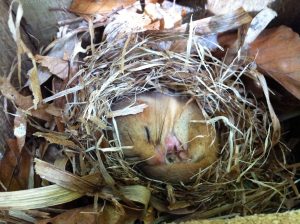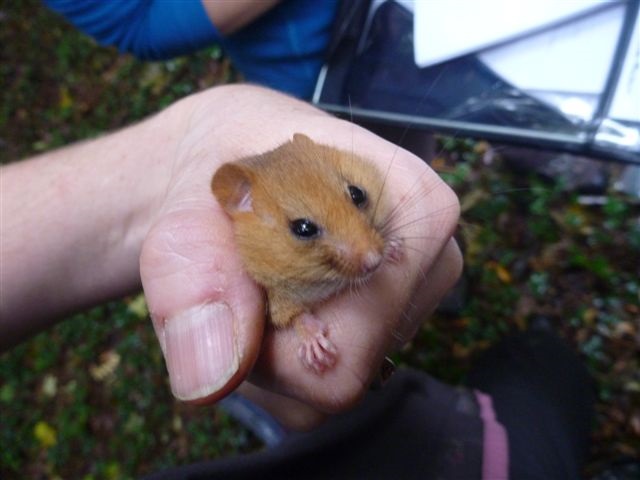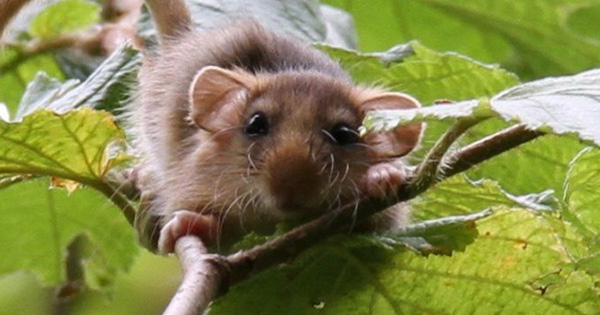 CHECKS of nest boxes in a private woodland in Denbighshire, North Wales, have produced some good news in the form of the highest number of dormice found in the wood since 2012.
CHECKS of nest boxes in a private woodland in Denbighshire, North Wales, have produced some good news in the form of the highest number of dormice found in the wood since 2012.
Nationally, dormice populations have been fluctuating, with a downward overall trend. They are already extinct in some areas, having once been widespread throughout much of Britain. So projects to encourage them and protect their habitat are important, such as Green Shoots Mapping which allows BASC members to directly report the wildlife they see on their shooting land.
The nest boxes are part of the National Dormouse Monitoring Programme, with data being collected by the Peoples Trust for Endangered Species through surveys carried out by people licensed to check the boxes.
The 50 next boxes are examined every summer and again in October. While there is not a huge population in the wood, I had become a little despondent after recent surveys found a dwindling number of dormice in the last three years, with none found at all in 2014 and only one in 2015.
I have always found October to be the most successful time for checking the nest boxes as, during the summer, birds tend to get in there first and build their nests, which does seem to preclude dormice using them.
Back in autumn 2011, I found six dormice nests in total, of which two were occupied and then, in autumn 2012, there were eight nests, including four occupied.

However, since then, we have found only one dormouse (in autumn 2015) and only one or two nests in total. Checks this summer yielded no dormice and no nests, so I was getting a little concerned that we may have lost the population.
But I am so glad that, this autumn, I found four nests, of which three were occupied and including juveniles.
The wood has been undergoing small scale thinning to remove some of the conifers which were planted back in the late 1940s so it could be that the opening up of parts of the canopy has allowed more bramble to flourish.
Bramble is one of the best food plants for dormice, as it flowers for a long period, providing much needed nourishment when they come out of hibernation in the spring. Then the fruits in the autumn allow them to build up fat stores ready for the winter hibernation.
It could also be that the good summer we have had has enabled better breeding. I hope the juveniles I found will survive through the winter and contribute to next year’s breeding population.
Whatever the reason, I am glad that we do still have dormice in the wood!
[author] [author_image timthumb=’on’]https://0ld.basc.org.uk/wp-content/uploads/2016/11/Audrey-Watson.jpg[/author_image] [author_info]Audrey Watson
Green Shoots Officer Wales
After completing a BSc (Hons) degree in Ecology (Forestry) at Edinburgh University and a Masters degree in Forest Recreation at Pennsylvania State University, Audrey has over 20 years experience in countryside management in local and national government, working for local authorities, the Sports Council and the National Forest, and in the charitable sector, working as an Area Manager for the RSPB and as Led Walks Officer for the Ramblers.
[/author_info] [/author]
